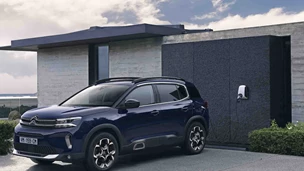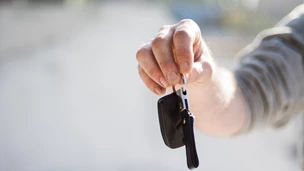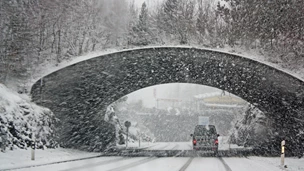A brake failure on your car is a scary prospect, but it’s a problem that could happen with any driver due to a specific fault or just general wear from usage of the brakes. As long as you are not aggressive with how you use your brakes all the time and keep them maintained, then your unlikely to face a major issue. Even if you’re cautious though, it’s wise to be prepared should a fault crop up.
But if you already have a plan for what to do in such a scenario, then you can minimise the chances of a collision should a brake failure occur one day. In this guide we explain how to quickly identify a brake failure when it has happened on your car and the safest ways to respond.
Confirming the brakes have failed
A driver can quickly identify that something has gone wrong with the brakes on their car based on the feel of the brake pedal.
While driving, the brake pedal should feel firm, but if it instead feels spongy or slack then that could mean the brake fluid is leaking or the brake calipers themselves have gone faulty. In either case, the brakes will have little to no effect in stopping your vehicle.
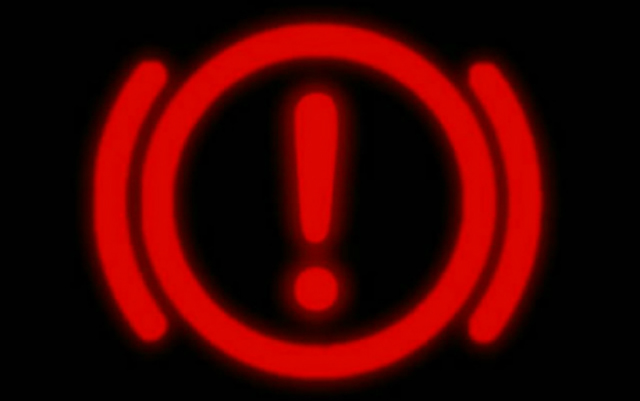
Your dashboard display could also confirm there’s an issue with the brakes. Normally when you apply your car’s handbrake or parking brake, you will see a brake warning light on your dashboard (a red circle with an exclamation mark in the centre). But if this is still showing even when you don’t have the handbrake applied, then the car has identified a brake problem, likely a fluid leak.
If you have a problem where the brake pedal doesn’t move when you apply it then this could be either because the brakes have seized or there’s an object obstructing the pedal. If the pedal is not moving, try and check if there’s something behind your brake pedal.
Getting the car to stop
The moment you know (or even suspect) that the brakes on your car have failed, you are going to want to pull over as soon as possible, but in a safe manner.
Take your foot off the accelerator and turn on your hazard lights to alert other drivers and any nearby pedestrians to the fact you have a problem.
There are several methods you could follow to get your car to slow down, but which is best really depends on what sort of road you are on and how many cars and other obstacles are nearby.
One thing you could try is pumping the brake pedal several times as you may still be able to rebuild enough pressure in the braking system to get you to stop.
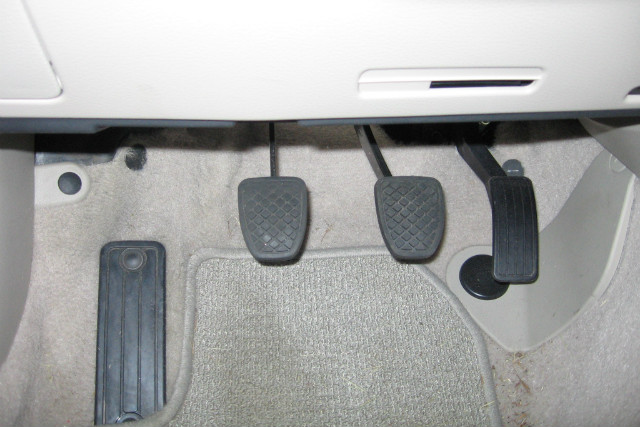
If your car has a manual gearbox, you could alternatively shift into lower gears to get your engine to slow your vehicle down. This is also known as engine braking.
The best and safest way to do this is to work your way down one or two gears at a time to progressively slow the car. If you switch to the low gears too suddenly then you could end up losing control of your car. If your car has an automatic gearbox, trying to switch to the park mode before you’ve stopped moving will be ineffective.
You could also try using your handbrake to stop your car after a brake failure, but its best only to do this when you’re at a low speed and the road is dry. If you hear or feel the tyres locking when you apply the handbrake, release some of the pressure from it.
If you have the space in front of you, you could also get your car to slow down sooner by steering sharply from side-to-side. If you decide to try this though, always be on the lookout for any oncoming vehicles or pedestrians looking to cross.
When the car has stopped, contact your breakdown service provider. If you’ve had your brake failure on the motorway and can’t use your own phone, use the nearest emergency roadside telephone.

